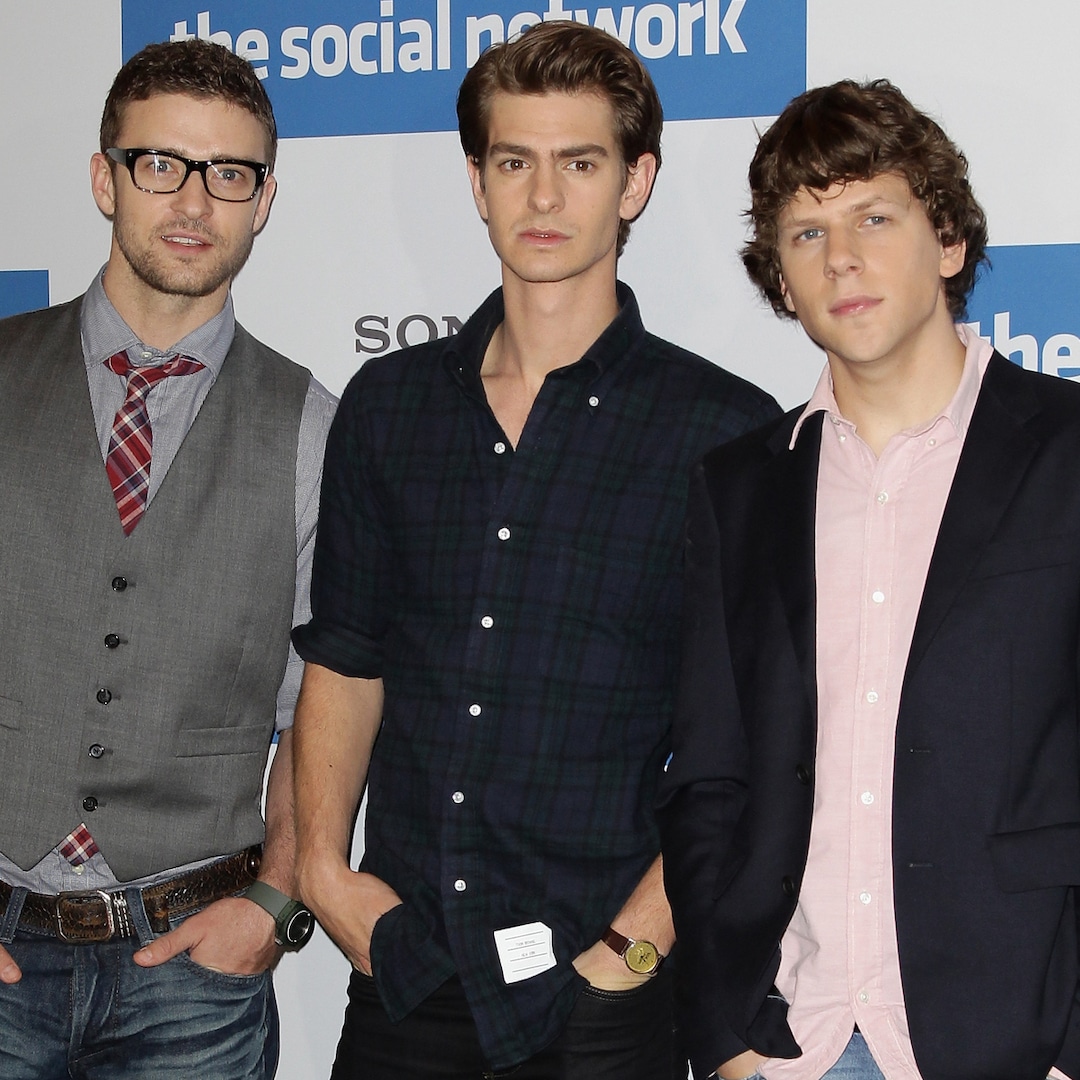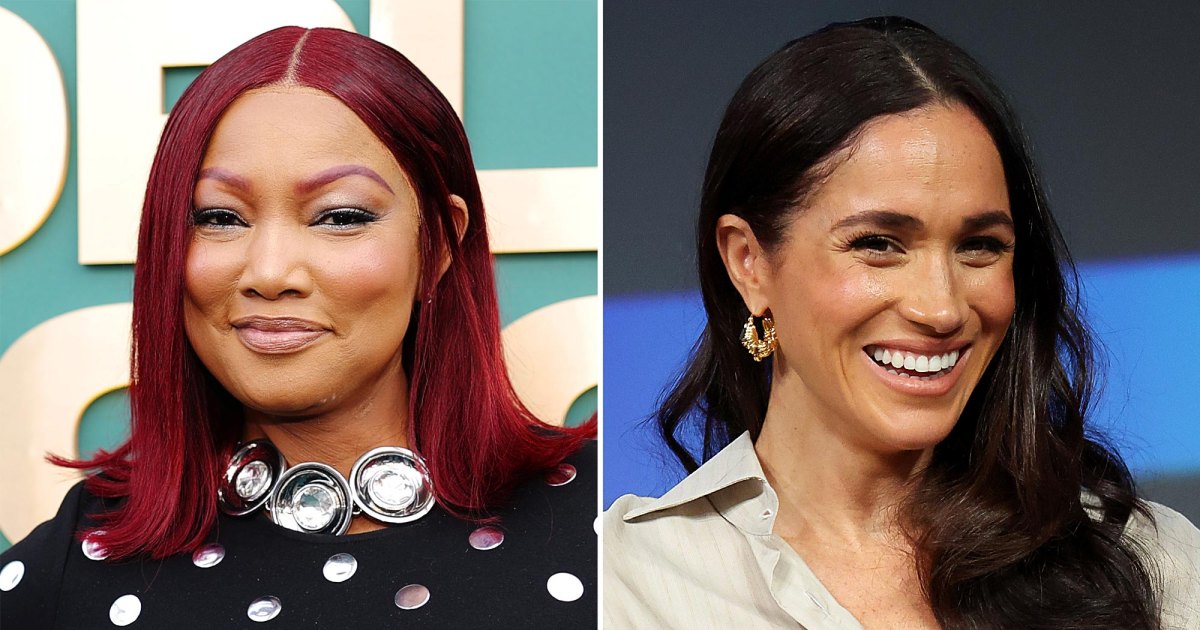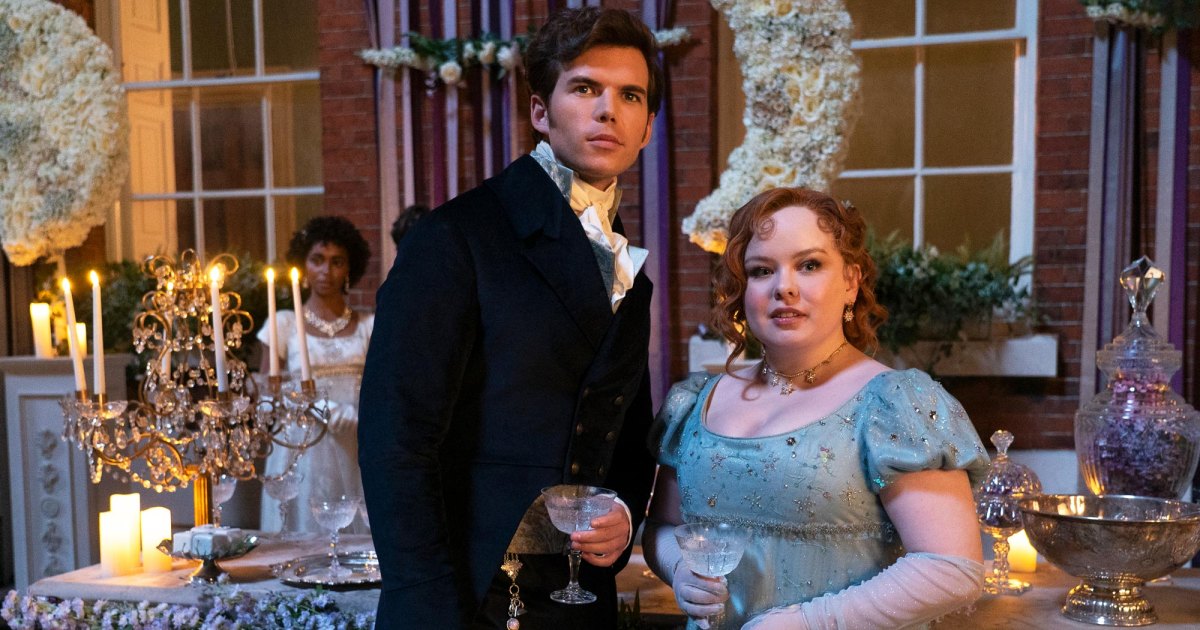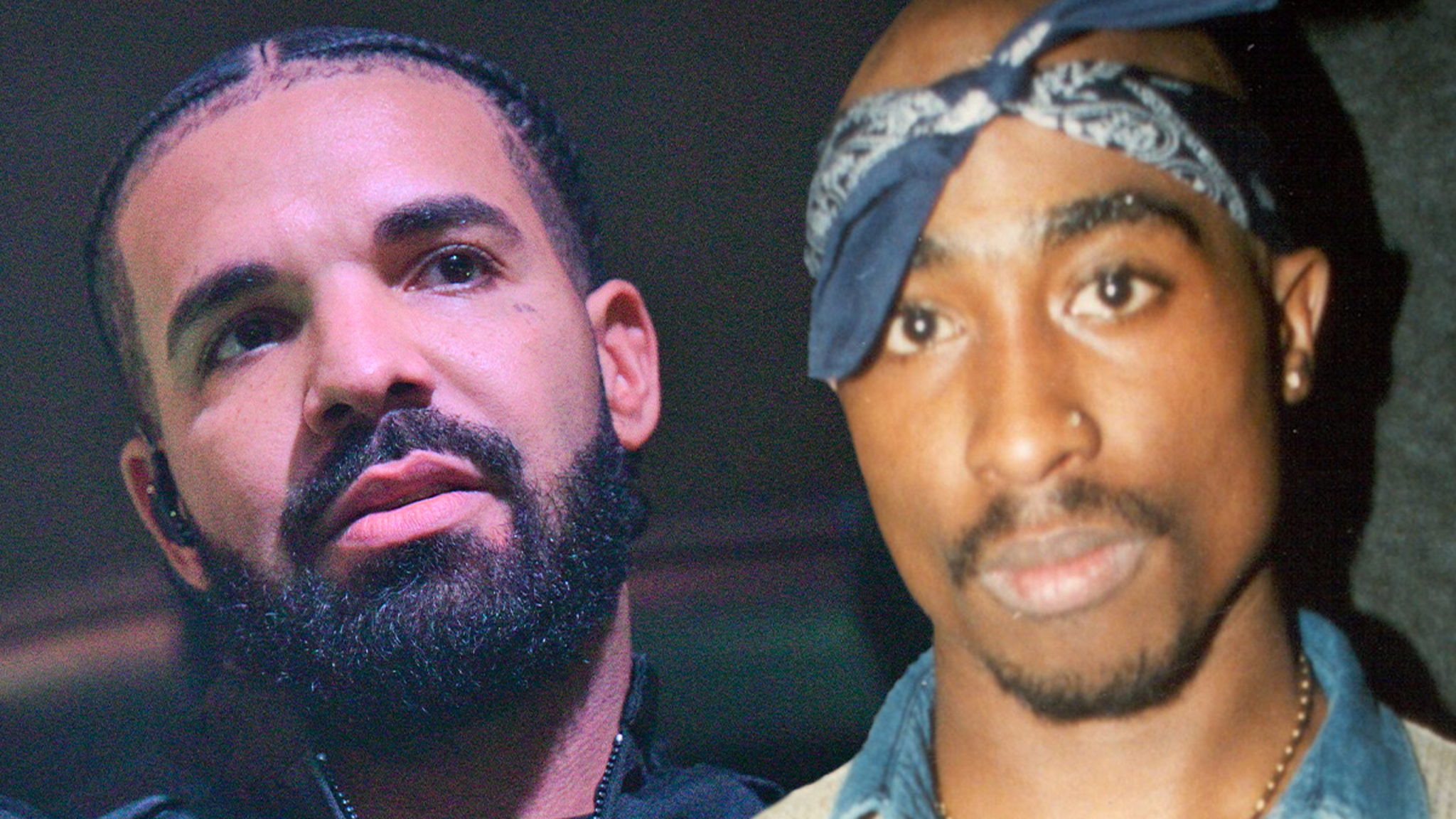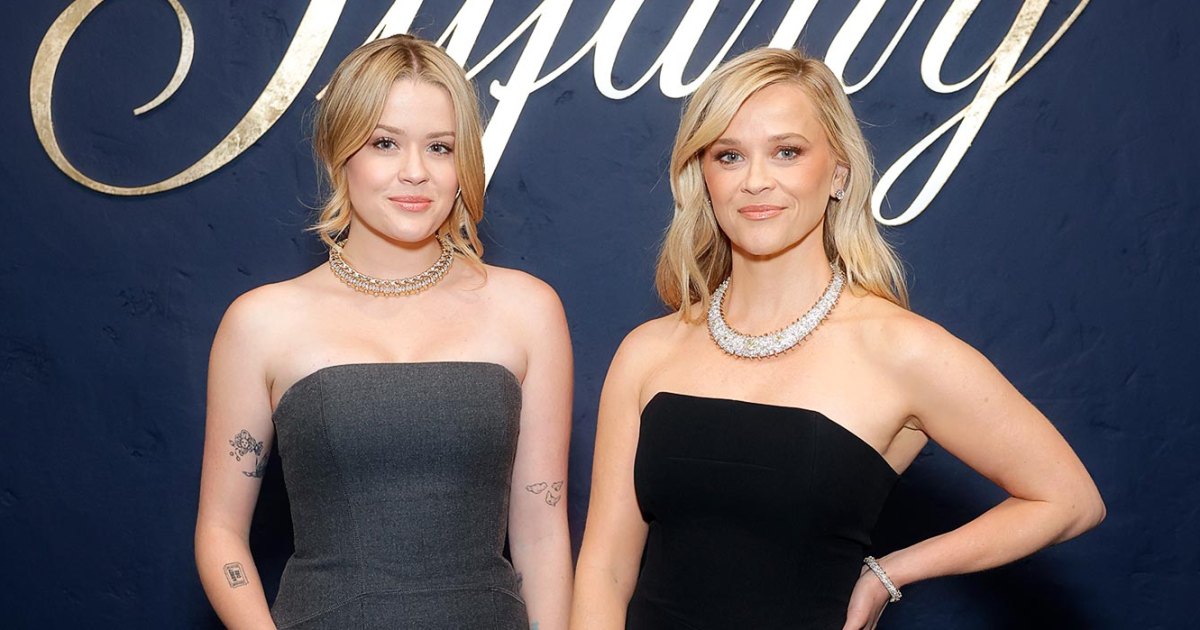Culture
‘Gladiators,’ That ’90s Show, Is Back With Extra Muscle in Britain

First it was the streamers: the seismic arrival of Netflix, Amazon Prime Video, Apple TV+ and the rest, offering television’s previously captive viewers the chance to watch seemingly whatever they wanted, whenever they wanted. Then TikTok joined YouTube in conclusively shattering what was once a unified small-screen audience into a billion individual fragments.
On both sides of the Atlantic, ratings plummeted. Viewers drifted away. Advertising revenue collapsed, and budgets followed. For much of the last decade, it has felt like the traditional television industry has been running up a steeply-inclined treadmill, legs pumping and lungs heaving as the ground moves rapidly beneath its feet.
Now, in Britain, a group of bodybuilders, personal trainers and sundry gym rats have stepped unto the breach. Squeezed into tightfitting Lycra costumes, they have been wielding oversized pugil sticks, running around floating scaffolds and chasing only slightly less musclebound members of the public up walls, in front of a cheering crowd.
In much the same format that first graced American screens in 1989 and British sets in 1992 — “regular” contestants compete in a variety of outlandish challenges against specialist, intimidating athletes each week — “Gladiators” has, in the year 2024, not only provided the BBC with an invigorating hit, but has also offered the latest sign that so-called “linear television” might be more resilient than previously thought.
Even in an instant, on-demand media landscape, the idea that people would sit down to watch something — on a television set, at a scheduled time, with other people in the room — has been regaining some ground.
According to the BBC, 9.8 million people have watched the first episode of the British “Gladiators” reboot, which first aired in January. More striking, though, is that the vast majority of those viewers did not see it at their convenience. Instead, the broadcaster says, 6.6 million — 10 percent of the British population — sat down to follow it as it went out.
“I was really shocked by that,” said Kalpna Patel-Knight, the BBC’s head of entertainment commissioning. “You don’t really get those figures at that time any more.”
That audience has held relatively steady over the course of the show’s run — episodes in early March were attracting consolidated figures, measured over a week, of around 5.5 million — but the final, which airs Saturday, is expected to provide another spike. The BBC has already ordered a second season.
Both the broadcaster and Hungry Bear, the show’s production company, felt the format fitted with the zeitgeist. Dan Baldwin, Hungry Bear’s managing director, pointed out that the Gladiators — with names like Nitro and Sabre — tap into both the popularity of gym culture and of superhero franchises.
“The fitness world has never been bigger,” he said. “You can’t walk down the street without seeing people in Gymshark or Lululemon. At the same time, superheroes, the Marvel films, are huge. ‘Gladiators’ stands for both of those things.”
The show’s staging — the boisterous arena, the underdog contenders battling the knowingly cartoonish Gladiators, the vivid colors, the dramatic lighting — all have an obvious appeal to younger viewers.
But the crucial ingredient is familiarity. “Nostalgia is big business,” Baldwin said. But it is, he added, a dangerous one: Get it wrong and “audiences can be savage. It has to be an evolution.”
And so the show’s updates are mild, judicious. There are new challenges, generally a little more spectacular. The Gladiators themselves are slightly more rounded characters, and more diverse than their 1990s forebears (including the first deaf Gladiator). The producers have also borrowed from sports documentaries to introduce “behind the scenes” shots in the Gladiators’ dressing room.
But, in essence and feel, “Gladiators” is much the same show that aired a generation ago. The crowd waves oversized foam fingers. The Gladiators dance to Queen’s “Another One Bites The Dust” to celebrate a victory.
For older viewers — parents, grandparents — the whole production is swaddled in a comforting, familiar glow: family viewing, without intergenerational resentment. “We wanted to make something that parents did not have to pretend to like,” Baldwin said.
That has allowed “Gladiators” to access an audience that, according to the BBC’s research, still existed, but was “underserved,” as Patel-Knight put it: the millions of people who still sit down on Saturday evenings, but have to flick through myriad channels and platforms in hopes of finding something they actually want to watch.
Nor is “Gladiators” an entirely isolated case in Britain. It started airing just as another BBC hit, the reality show “The Traitors,” was ending; its finale attracted 8.8 million viewers across linear and on-demand, according to the BBC.
“It has been an encouraging few months for the industry,” Baldwin said, citing not only the popularity, but also the political impact, of the TV drama “Mr. Bates vs. the Post Office,” as a further example. That show, which was based on a real-life miscarriage of justice, attracted an audience of around 11 million, making it the best performing drama since 2017 on ITV, the station that aired it. It even prompted Britain’s lawmakers to introduce new legislation.
This all runs contrary to the common consensus that linear television long ago slipped into a state of near obsolescence. But that perception has some basis in fact. “It is in decline,” said Tom Harrington, the head of television at the research firm Enders Analysis. “Viewership numbers are pushed up by older people, who only watch broadcast television, and watch a lot of it.” (In the United States, some broadcast networks have been programming their prime-time schedules with these erstwhile over-60 viewers in mind.)
That decline is not the whole picture, though, Harrington said. “People still spend more time watching linear television than they spend doing anything else, except sleep and work,” he said. “It still commands an enormous amount of attention.”
Figures from Ofcom, Britain’s broadcasting watchdog, show that two-thirds of television viewing is still driven by traditional broadcasters, and the majority of that comes from the linear audience. It doesn’t feel that way, Harrington said, perhaps because the shows that attract the most buzz aren’t the ones that attract the most viewers.
The greater change, Harrington said, was in the “communality” of the experience: We consume more content than ever, but we tend to do it on our own. That means there is less overlap between what young people watch and what older generations do. “Those touch points have been lost,” he said. “And that means there is a lack of common culture, which is a little bit sad.”
The audience data suggests that “Gladiators” is the “cross-generation” success Patel-Knight hoped it would be. Still, the show might end up being an exceptional fillip in a pattern of decline.
That uncertainty, perhaps, explains the excitement around it, both from outside the industry and inside it. Baldwin said he was asked frequently when a line of “Gladiators”-themed merchandise would be available.
There had also been interest from broadcasters and producers across the world in transporting the format to other countries, Baldwin said. “Gladiators” has done enough to suggest there is still an audience for traditional, linear television, if only you give the viewers enough pugil sticks.


